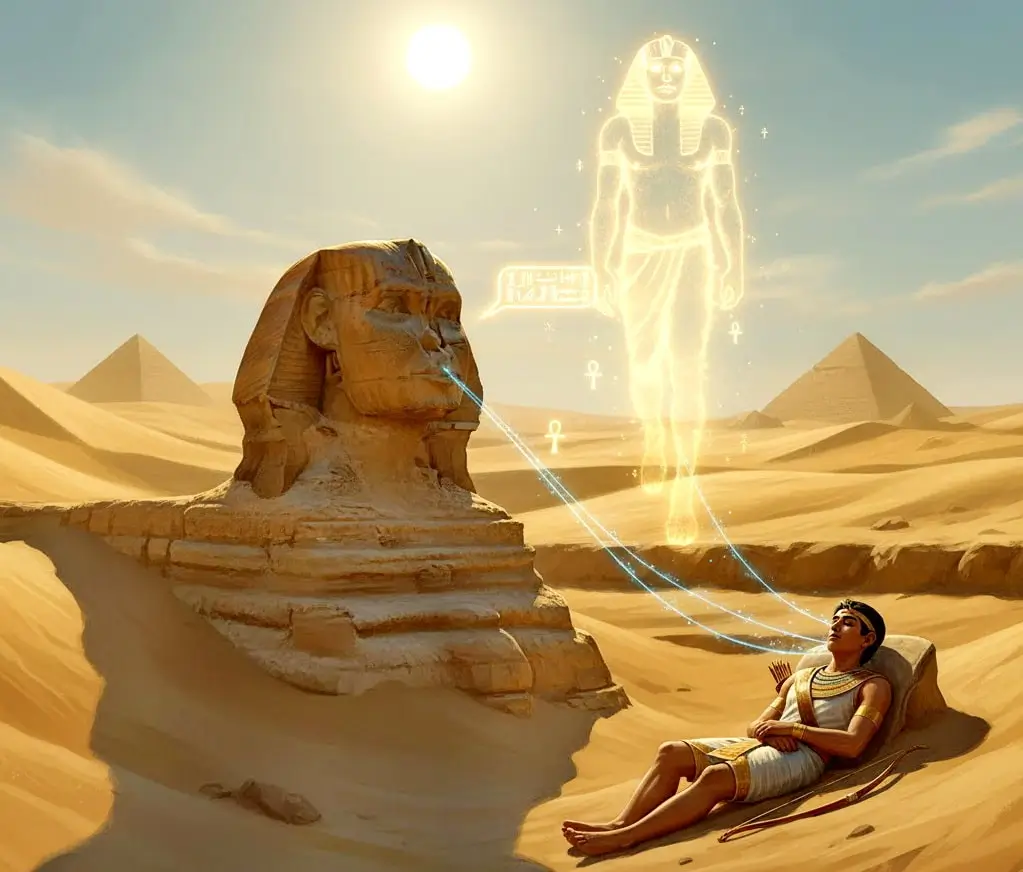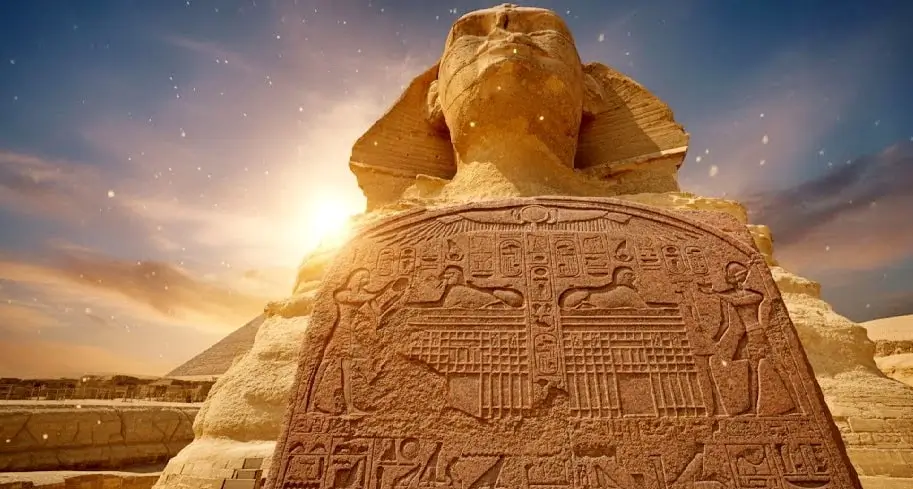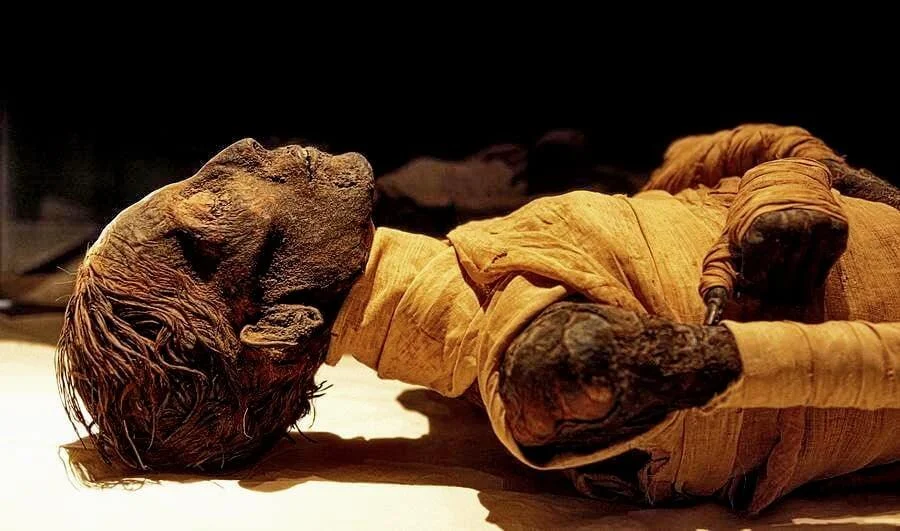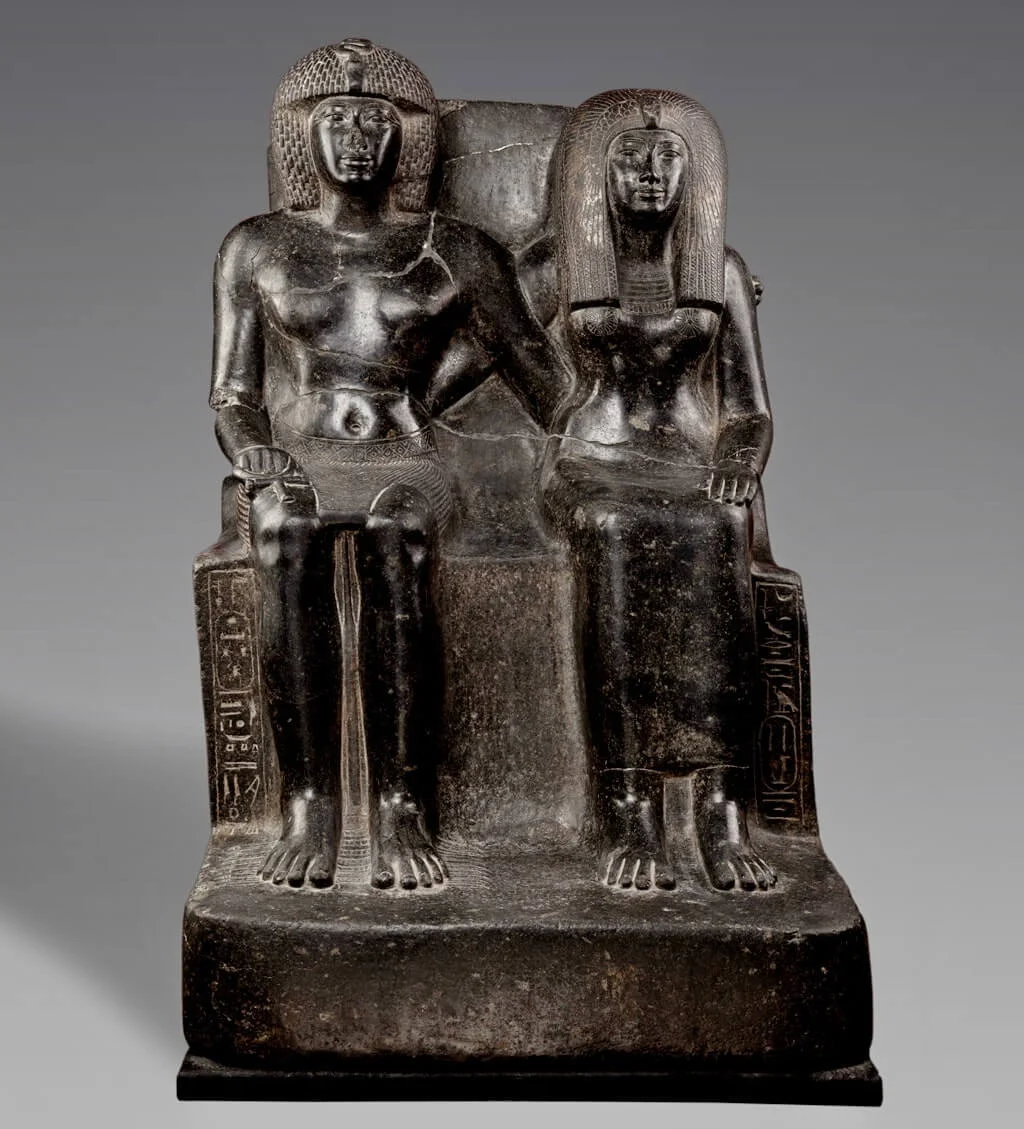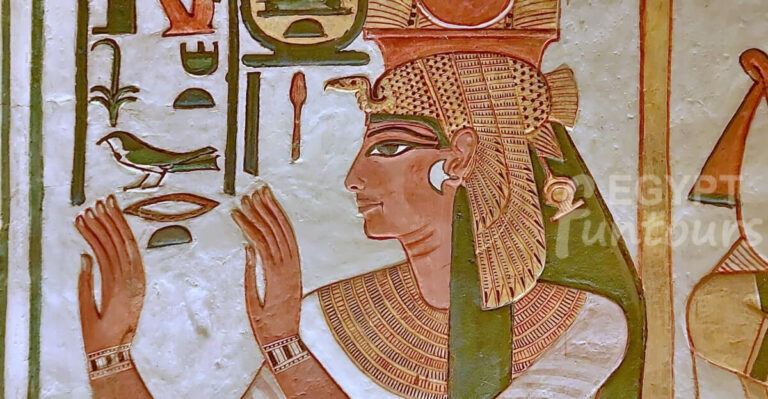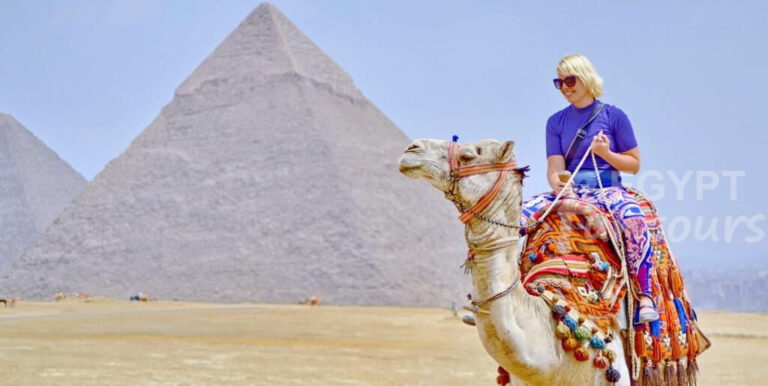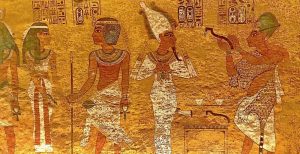The Prince in the Shadow: How a Dream Forged a Pharaoh
Imagine an ambitious young prince, not destined for the throne, asleep in the shadow of the Great Sphinx. This single moment—whether a divine vision or a political masterstroke—would define his life and forge his reign. This prince was Pharaoh Thutmose IV. He is more than just “the guy from the Dream Stele”; he is a pivotal, yet often overlooked, pharaoh of Egypt’s mighty 18th Dynasty. He inherited a warrior’s empire from his father. Then, through clever propaganda and groundbreaking diplomacy, he transformed it into the stable “golden age” that his famous son would inherit.
This guide covers the complete life of Pharaoh Thutmose IV: his uncertain path to the crown, the Sphinx prophecy he used to secure it, his decisive military campaigns, his revolutionary diplomatic triumphs, and his lasting legacy as the father of Amenhotep the Magnificent.
Key Takeaways
- The “Irregular” King: Thutmose IV was not the original crown prince. He famously used the Dream Stele to legitimize his claim to the throne, claiming the Sphinx god personally chose him.
- The Sphinx’s Patron: He was the first great restorer of the Great Sphinx, clearing the sand from its body and building a temple complex around it.
- Diplomatic Pioneer: He ended generations of warfare with the rival Mitanni Empire (in Syria) by negotiating a historic peace treaty and a “diplomatic marriage.”
- Father of a Golden Age: His short but stable reign created the peace and prosperity that led directly to the opulent “golden age” of his son, Amenhotep III.
- His tomb is KV43 in the Valley of the Kings, and his mummy was found in the KV35 cache.

